29 Apr Sore feet? what to do (and what NOT to do) for Plantar Fasciitis
Plantar Fasciitis is a common condition here in beautiful Kingscliff, most likely because we live in such a gorgeous spot – many of us tend to do a lot of walking or running outside.
While walking and running are great exercise, if the feet are not strong enough they can develop an irritation or overuse tendonitis (inflammation in the tendons). This particularly affects the Plantar Fascia, the strong connective tissue that connects the heel bone to the toes, supporting the foot arch and absorbing shock when we take a step.
Symptoms include pain under the heel or the arch of the foot during weight-bearing activities. Pain also tends to be worst first thing in the morning when getting out of bed, or after a long rest during the day. If you’re struggling to take your first few steps each day, you should definitely seek treatment!
Plantar Fasciitis predominantly affects people between 40-60 years of age, however it can affect anyone. In fact, we are currently treating a 12 year old girl who is suffering from Plantar Fasciitis – resulting from a change in her dancing biomechanics after a sore hip.
Unfortunately there is a lot of misleading information on the internet about this condition, which often results in people not getting the treatment they need. One of our patients told us that he “Dr Googled” his symptoms for help (before coming to see us) and discovered some interesting / amusing information – none of it accurate or helpful!
If you are suffering from symptoms of foot pain, it’s really important to:
- Stop putting up with it!
If the pain has not settled by itself after 3 weeks, it is unlikely that it will fix itself. Waiting to seek help will only make the condition more chronic and slow down the healing progress! - Don’t rely on Dr Google.
There could be a number of different things happening to contribute to your pain, and a quick search on the net probably won’t be helpful! Your treatment should be based on your individual condition, which can only be assessed by a qualified professional.
The good news is that you don’t have to limp forever! We often help clients suffering with foot and heel pain, and have found the 4 most effective options to be:
- Correct assessment + load management
It is vital for your physiotherapist to identify the overloading factors that have caused your condition, and to modify and temporarily decrease it. We often use specific taping techniques combined with great supportive footwear to decrease pain – especially in the early stages of treatment. - Exercises
Strengthening exercises for the foot and calf muscles can improve the load tolerance through your foot. For these to be effective, they need to have enough load to challenge the foot – and be specific for the presenting condition. Randomly choosing something you’ve seen online does not work (in fact, in can often make things worse). - Orthotics
Generic orthotic devices can be inserted into the shoe to provide extra support to the foot and decrease pain. Testing with an inexpensive generic orthotic is an important first step before we refer you on to see a podiatrist (which is often not required for many people). - Adjunct treatments
Appropriate complementary treatments such as massage, mobilisation, dry needling, and LASER can be helpful to manage your symptoms.
Need help with your tender or sore feet? Don’t hesitate to contact our friendly team for more information.


Call: (02) 6674 4142